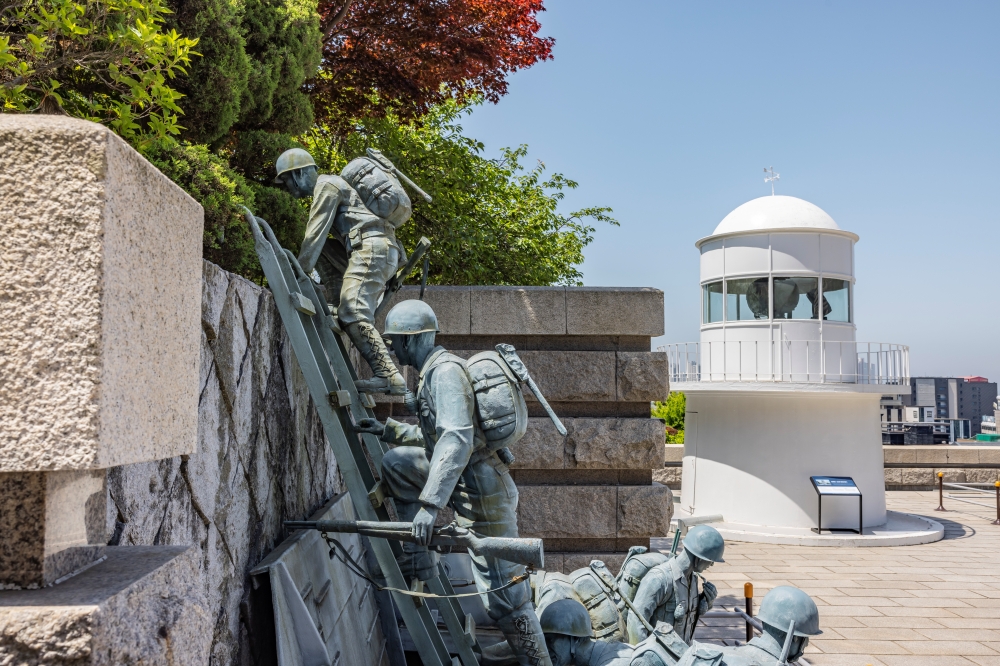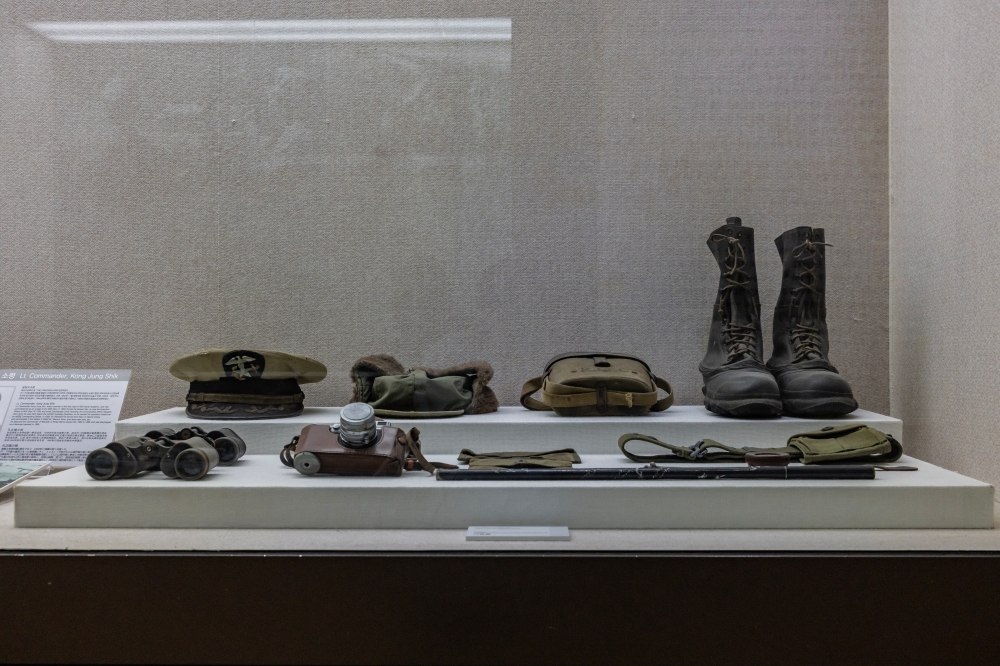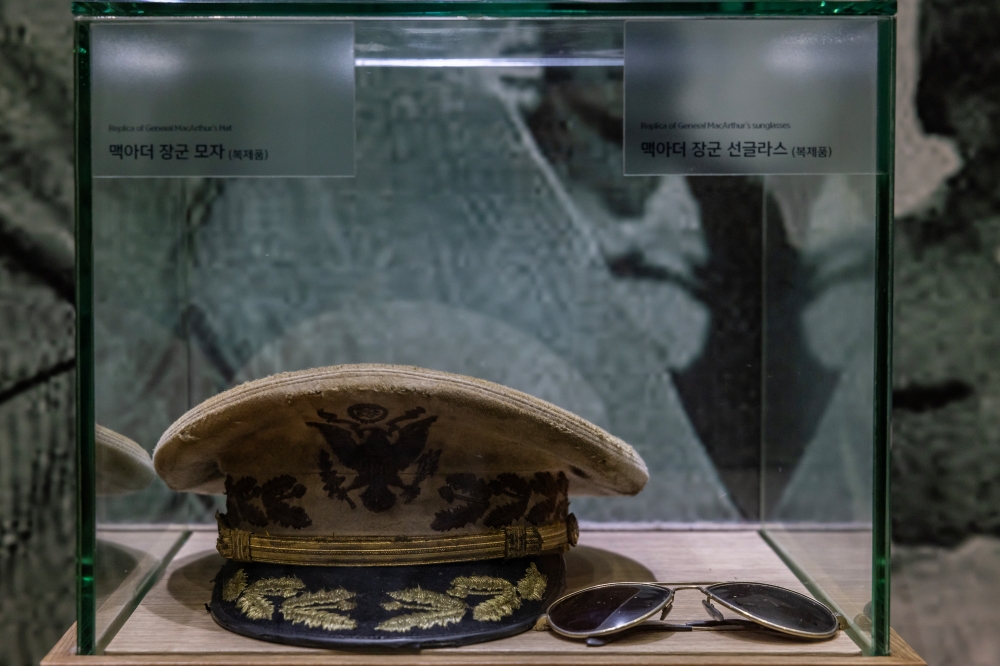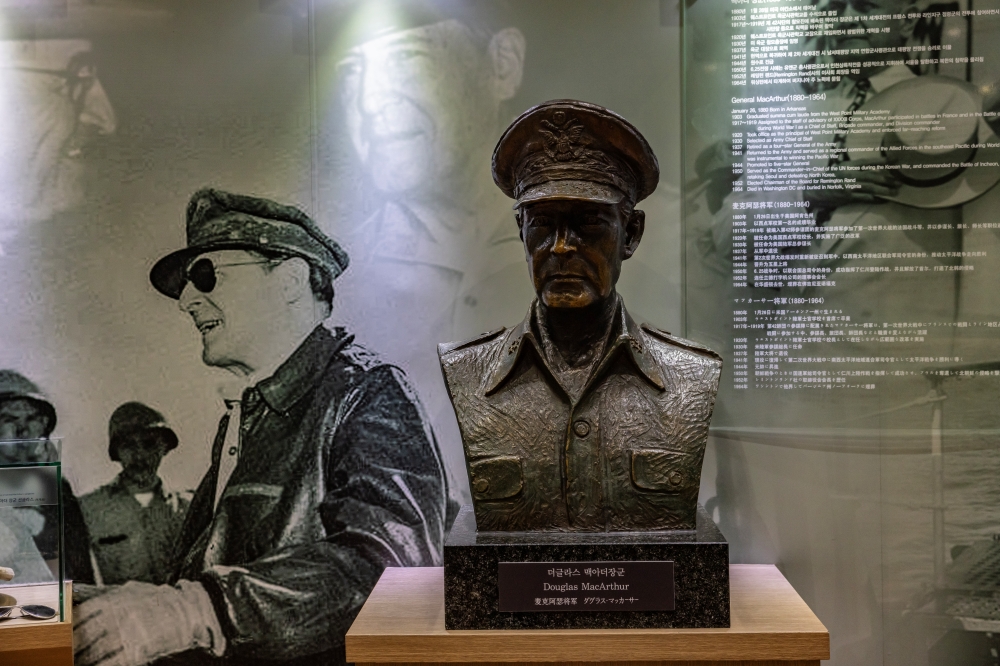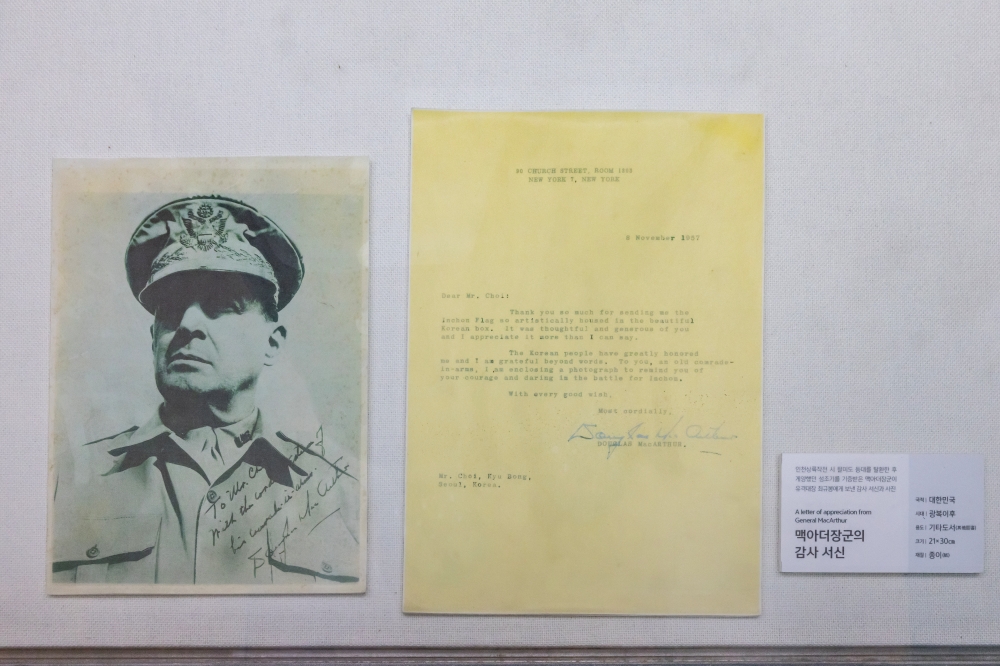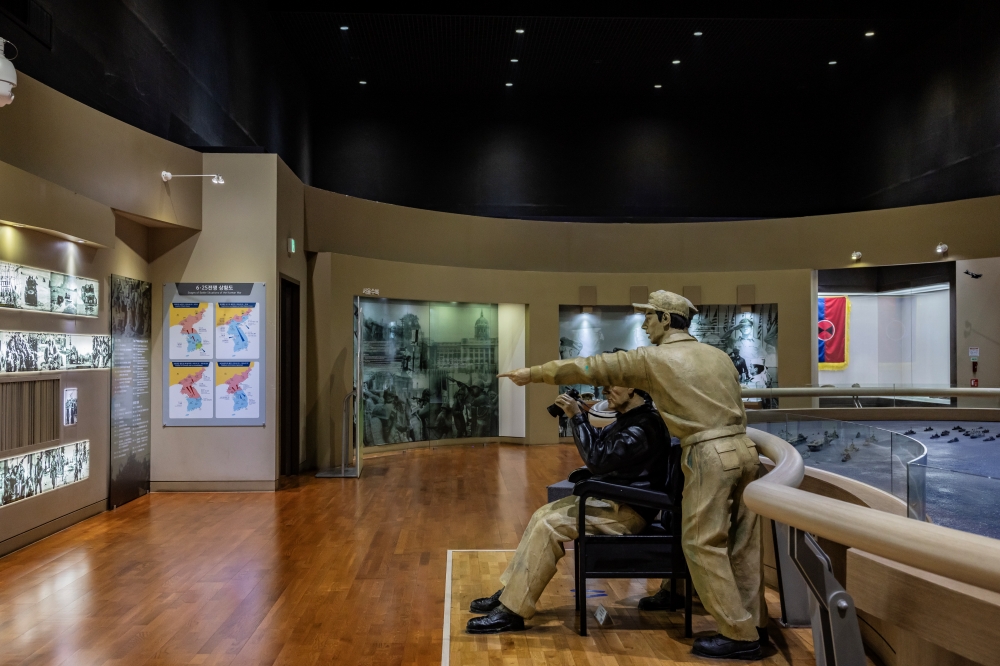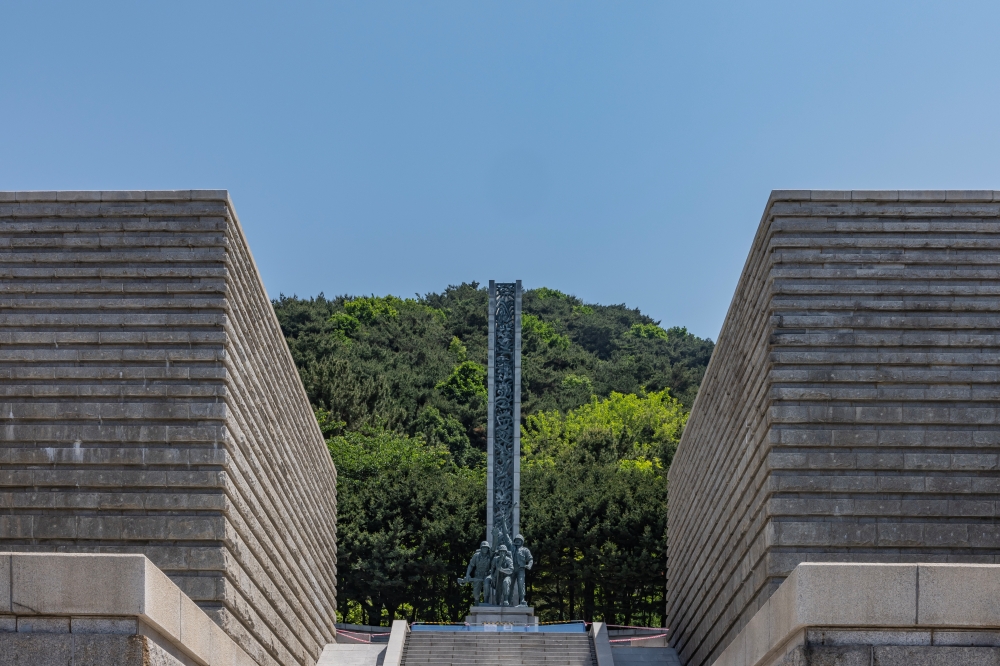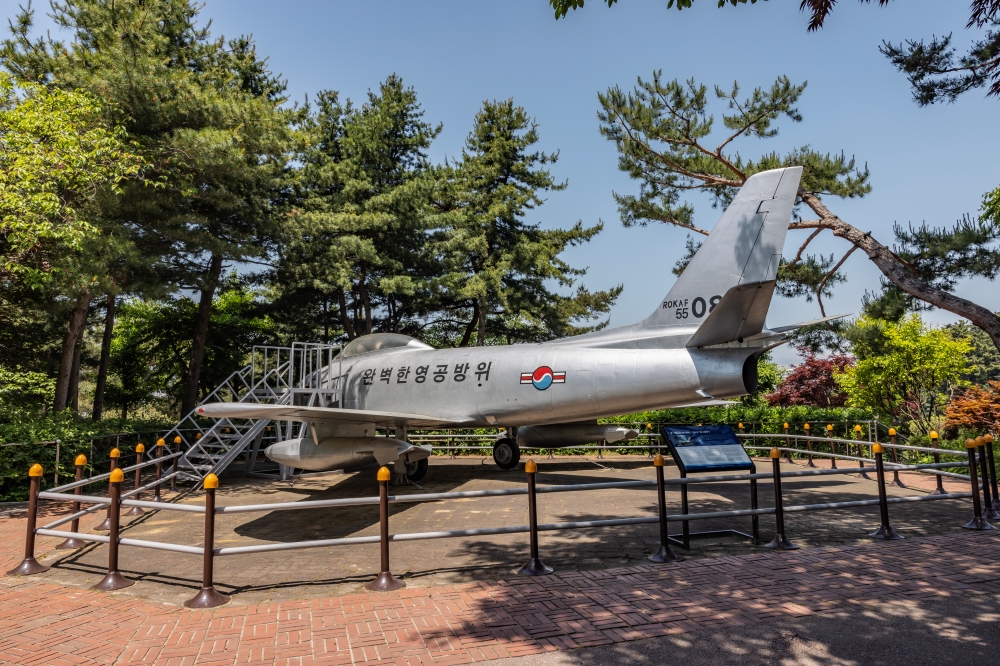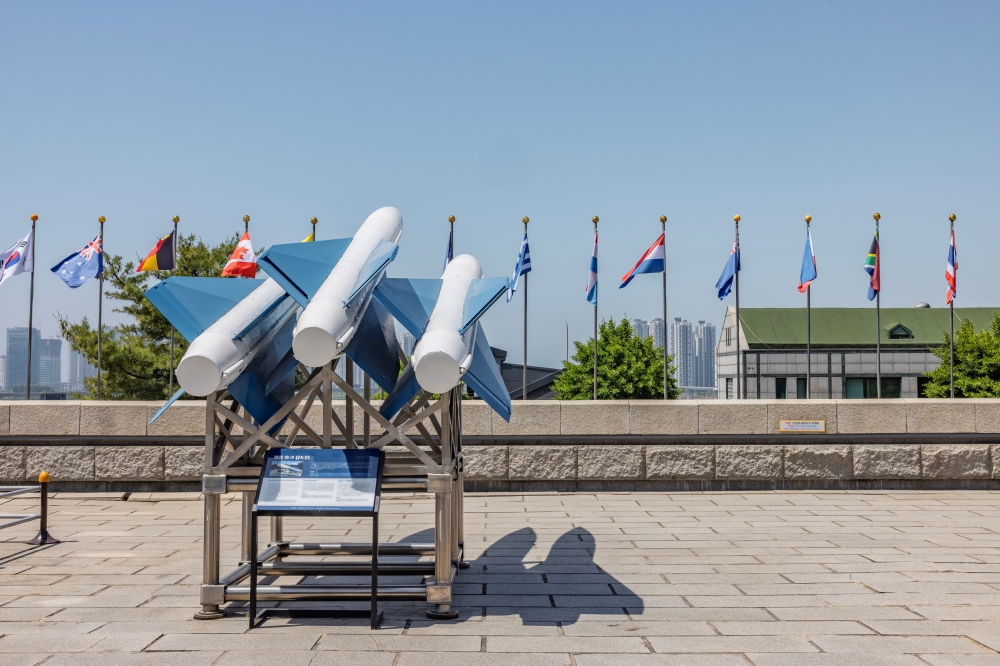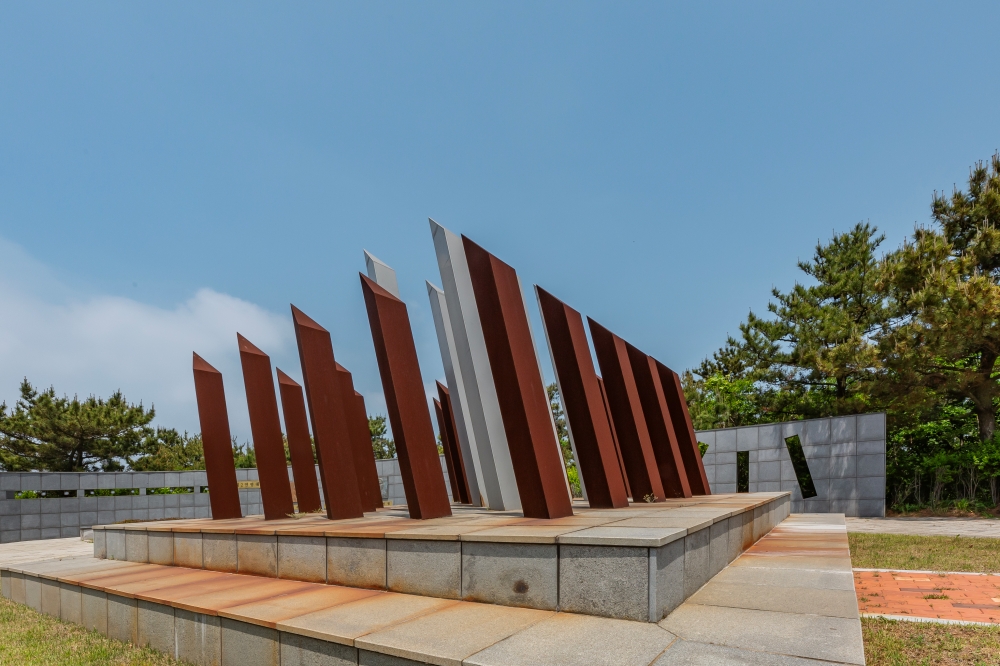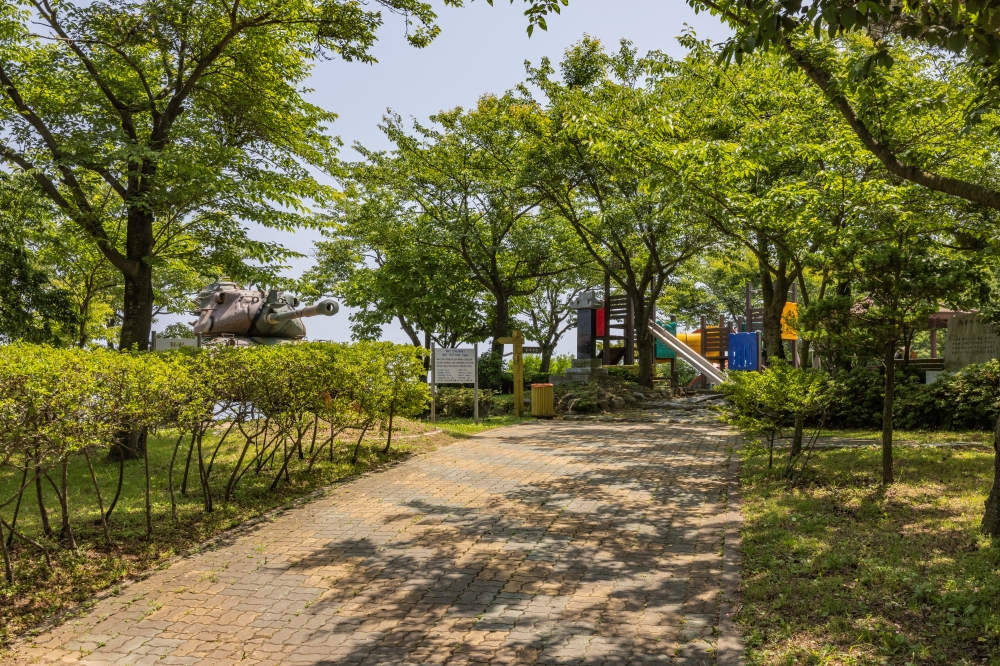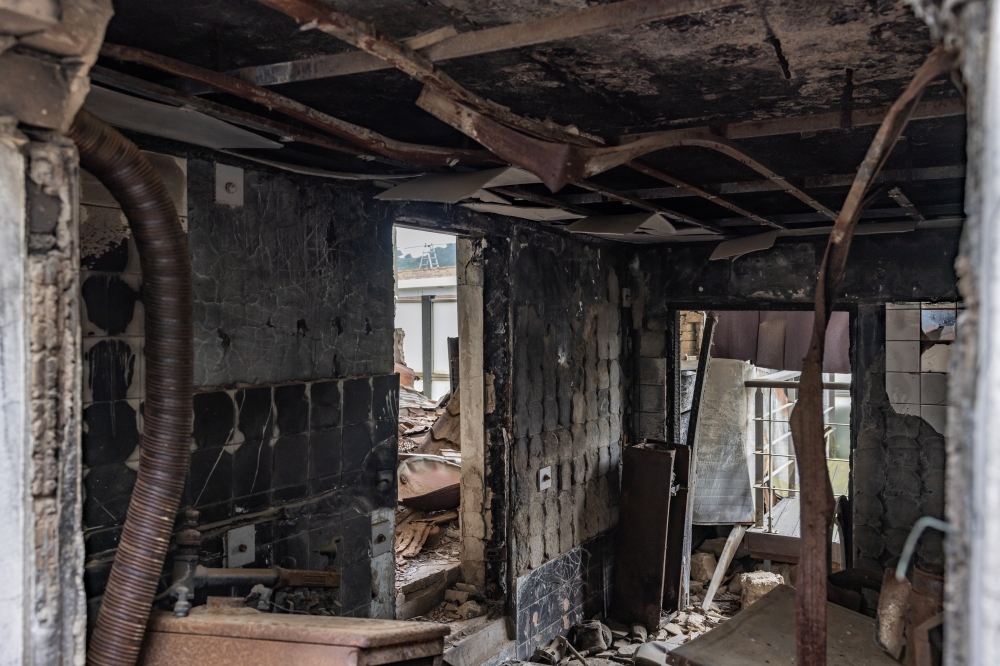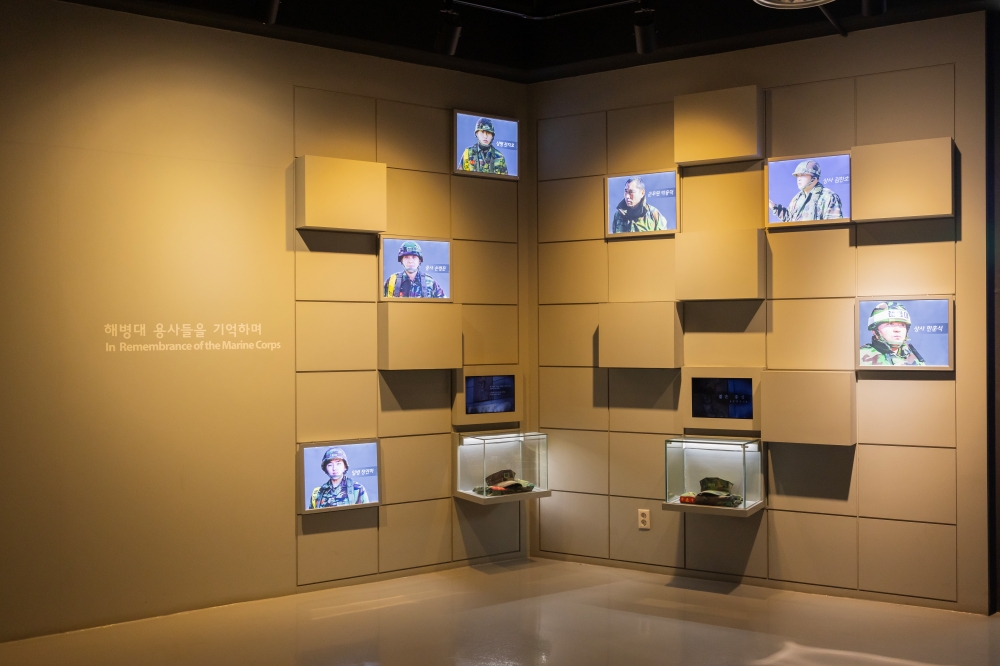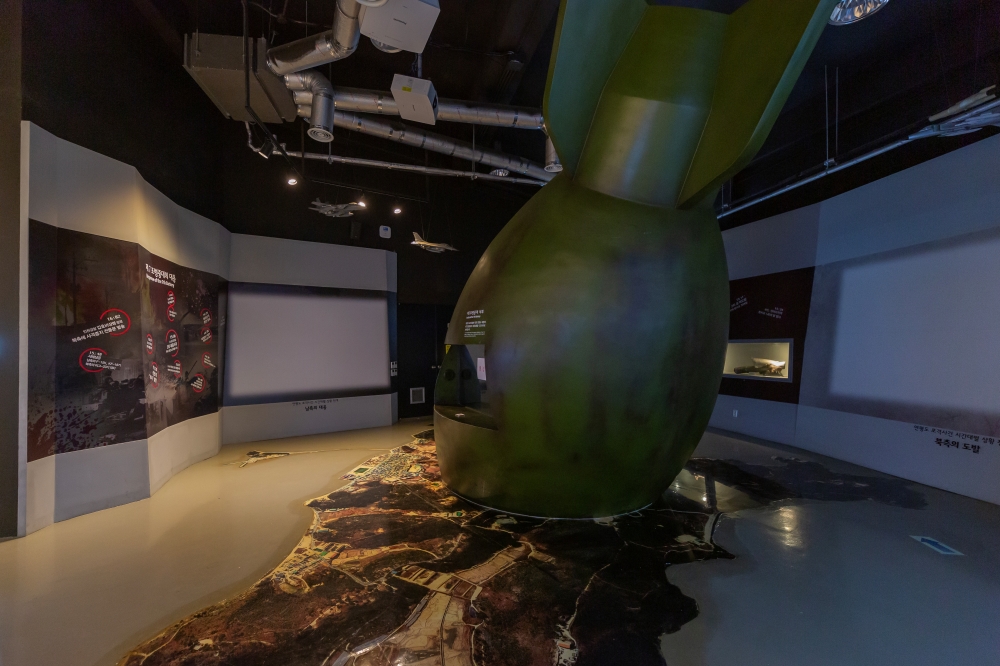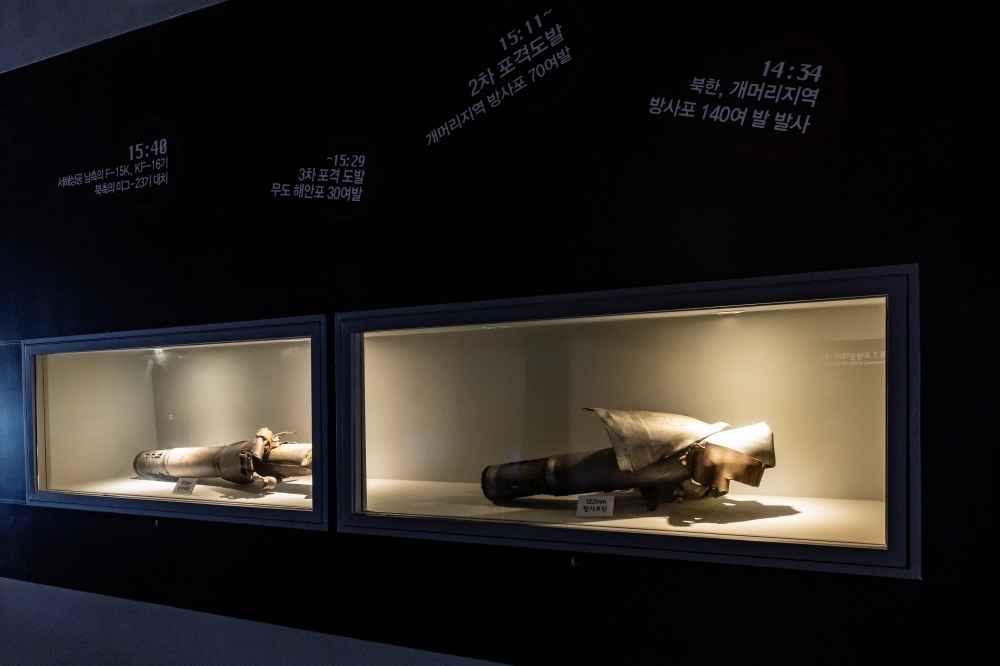“A nation that forgets its past has no future”.
As Korea enters June, the Veterans’ Month, this aphorism comes to mind for many Koreans.
June is indeed a month of remembrance and commemoration, marking significant events such as the beginning of the Korean War, the two naval skirmishes off Yeonpyeongdo Island, and Memorial Day, a national holiday honoring those who sacrificed their lives in defense of Korea.
This makes June a fitting time to connect with the pain and bravery of those who dedicated themselves to the country.
Incheon hosts a number of historic sites that are worthy of inclusion in this commemoration.
So, take a trip to Incheon and explore the historical shards that shape the Republic of Korea today.
The First Step in Mending Old Wounds and Moving Forward: Incheon Unification Hall
Opened in 1994, Incheon Unification Hall is the only space in the Incheon area dedicated to empirical education for Korean unification.
It is an exhibition space where you can understand the reality of Korea's division through various exhibits and experiences, and feel the wish for reunification.
Incheon Unification Hall has three floors, but only the first floor is open to visitors.
The exhibition space consists of thematic exhibitions with photographs that tell the story of Korea’s division and its painful history.
Exhibitions include “The Pain of Division and the Desire for Reunification”, which shows the reality of division for the Korean people;
“Road to Peace”, dedicated to efforts toward peace on the Korean Peninsula; and displays dedicated to the history of North Korea and its cultural heritage, such as artifacts excavated at Manwoldae in Gaeseong.
The museum also features VR recreations of North Korean tourist sites, a model of Pyeongyang’s Okryu-gwan restaurant, and 3D tours of the six largest cities in North Korea.
One exhibit, specifically for Korean speakers, is a game that guesses the words with different meanings in South and North Korea, based on the works of scholars who published the joint inter-Korean dictionary, “Gyeoremal-keunsajeon”.
- Address84 Subongan-gil, Michuhol-gu, Incheon
- Tel. No.+82-32-868-0113
- Opening HoursMonday – Saturday 10:00–17:00, closed Sundays
- Web Pagewww.icuh.or.kr
The Site of a Fierce Battle to Defend Freedom and Democracy: Memorial Hall for Incheon Landing Operation
The Incheon Landing Operation is a significant historical event that shaped contemporary Korean history, even inspiring a movie based on this pivotal moment.
This battle is familiar to Koreans as the moment when Korean and United Nation forces, under the command of General MacArthur, landed in Incheon to turn the tide of the Korean War.
The Memorial Hall for Incheon Landing Operation opened in 1984 to commemorate this operation, which is believed to have saved the Republic of Korea.
The opening date, September 15, marks the start of the operation in 1950.
The exhibition space is divided into two halls:
Exhibition Hall 1 and Exhibition Hall 2. Exhibition Hall 1 focuses on the planning, development, characteristics, and roles of the different military forces involved in the operation, while Exhibition Hall 2 is dedicated to the execution of the operation and the effort to retake Seoul.
These halls feature dioramas, a multimedia room, and artifacts from the Korean War.
The outdoor exhibition includes tanks, machine guns, guided bombs, aircraft, and other military equipment used during the operation.
Visitors can apply for the assistance of Cultural Tourism Interpreters by signing up on the museum’s website.
- Address138 Cheongnyang-ro, Yeonsu-gu, Incheon
- Tel. No.+82-32-832-0915
- Opening HoursTuesday – Sunday 09:00–18:00, closed Mondays
- Web Pagehttp://landing915.com
Dedicated to the Fallen Heroes of an Ongoing War: Yeonpyeongdo Peace Park
In June 1999, when the two Koreas seemed to be moving beyond the pain of division toward the hope of reunification, tragedy struck with the First Battle of Yeonpyeong.
This naval skirmish near Incheon’s Yeonpyeongdo Island ended with minimal casualties thanks to the ingenuity of the ROK Navy.
Three years later, the Second Battle of Yeonpyeong resulted in six deaths, creating another tragic memory in the division of Korea.
Yeonpyeongdo Peace Park was built to commemorate the sacrifice of the service members who took part in these battles.
At the center of the park is a memorial dedicated to the 25 soldiers who died or were wounded defending the Republic of Korea.
The memorial, inspired by fortifications shaped like dragon’s teeth, features 25 teeth, each symbolizing a fallen soldier and imbued with the spirit of their noble sacrifice.
The names, ranks, and faces of the fallen are engraved next to the memorial, and a memorial tower nearby allows visitors to pay their respects and remember them.
The park also displays helicopters, tanks, armored vehicles, and other military equipment.
- Address75-5 Yeonpyeong-ro 682beon-gil, Yeonpyeong-myeon, Ongjin-gun, Incheon
- Opening Hours Open all year round
The Value of Peace Achieved After a Crisis: Yeonpyeongdo Security Education Center
The conflict continued even after the two naval skirmishes.
Scarcely ten years after the second battle, Yeonpyeongdo Island was shelled by North Korean forces on November 23, 2010.
The garrison on the island fought back bravely to defend the peace, but the battle resulted in casualties and two civilian deaths, creating another lasting wound in the island’s history.
Yeonpyeongdo Security Education Center is dedicated to the remembrance of that event.
The wounds from that day are still felt in this space.
Before you step into the exhibition hall, you will encounter a civilian dwelling completely destroyed by the North Korean attack,
allowing you to feel the pain from that day and serving as a stark reminder of the value of peace and security.
The exhibition space is laid out over two floors.
The first floor features sculptures honoring the fighters of that day and the military uniforms worn by the fallen.
The second floor has a detailed exhibition on the events of that day, complete with dioramas, weapons used in the battle, and artifacts collected from the site.
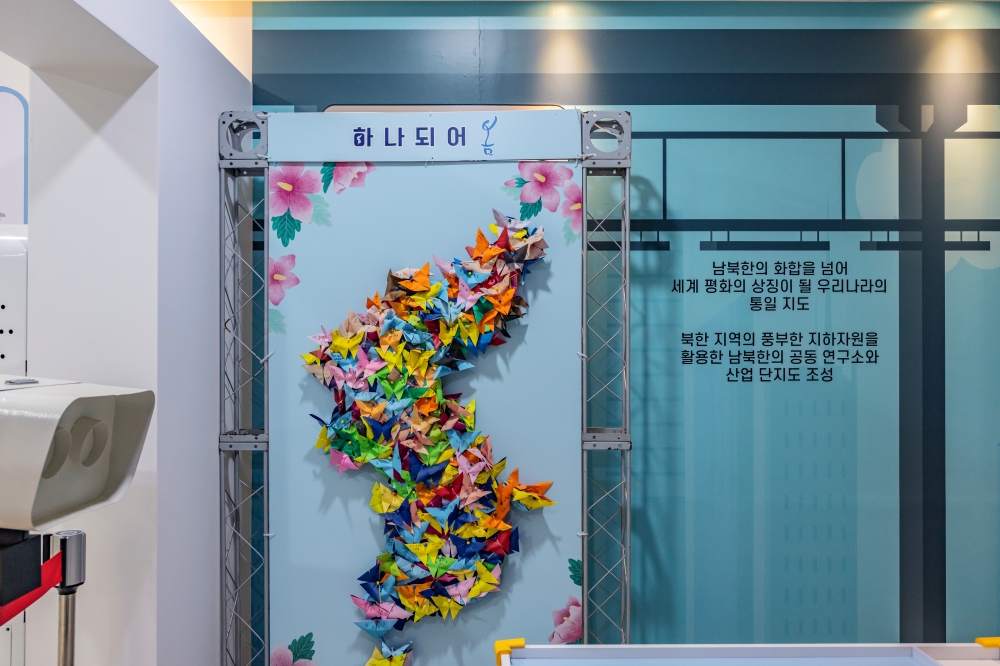
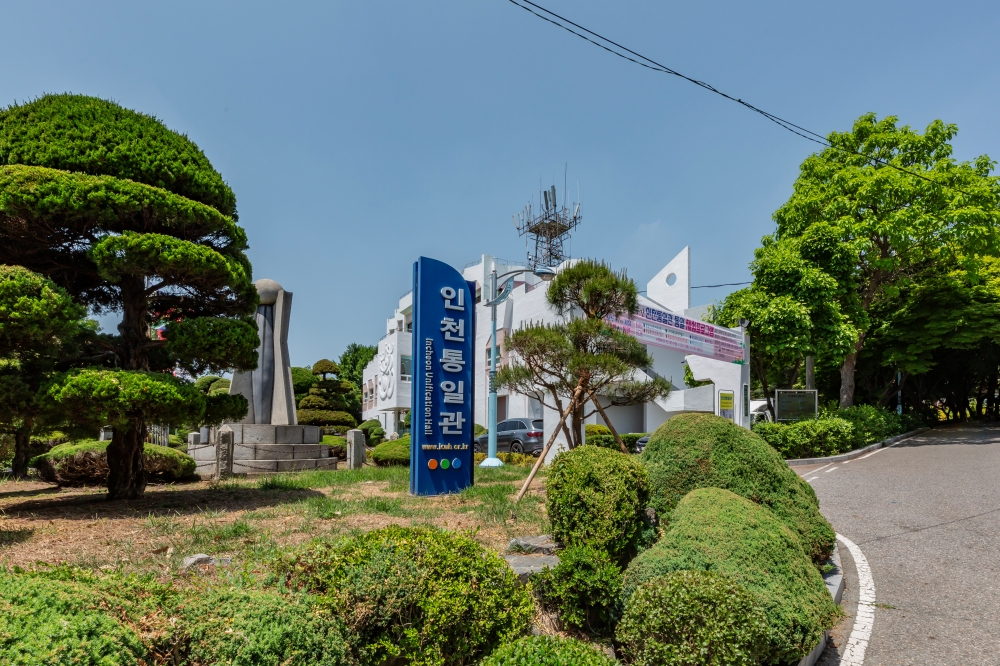
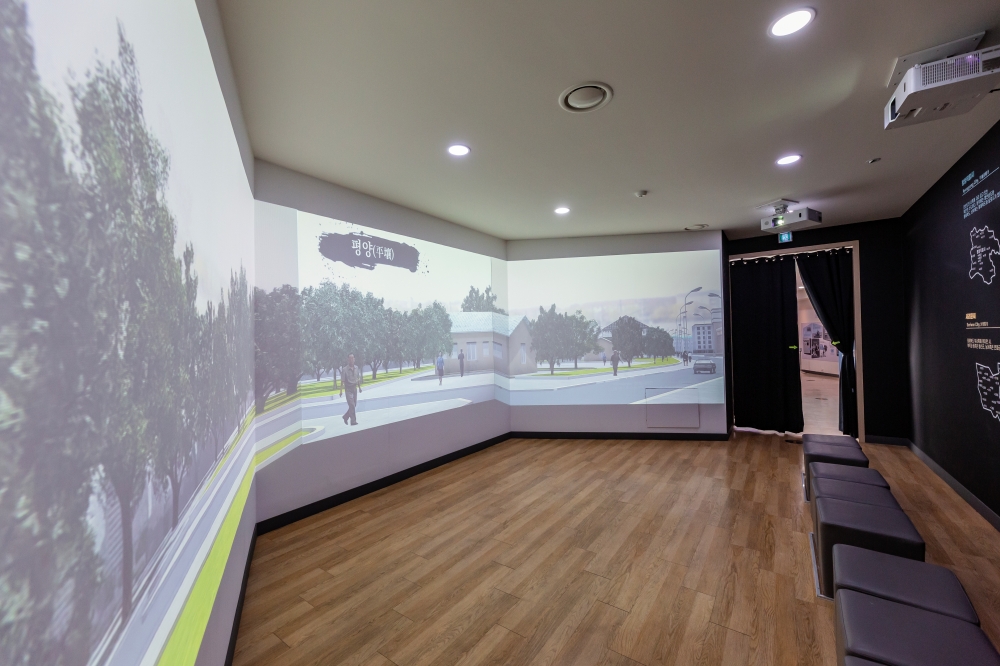
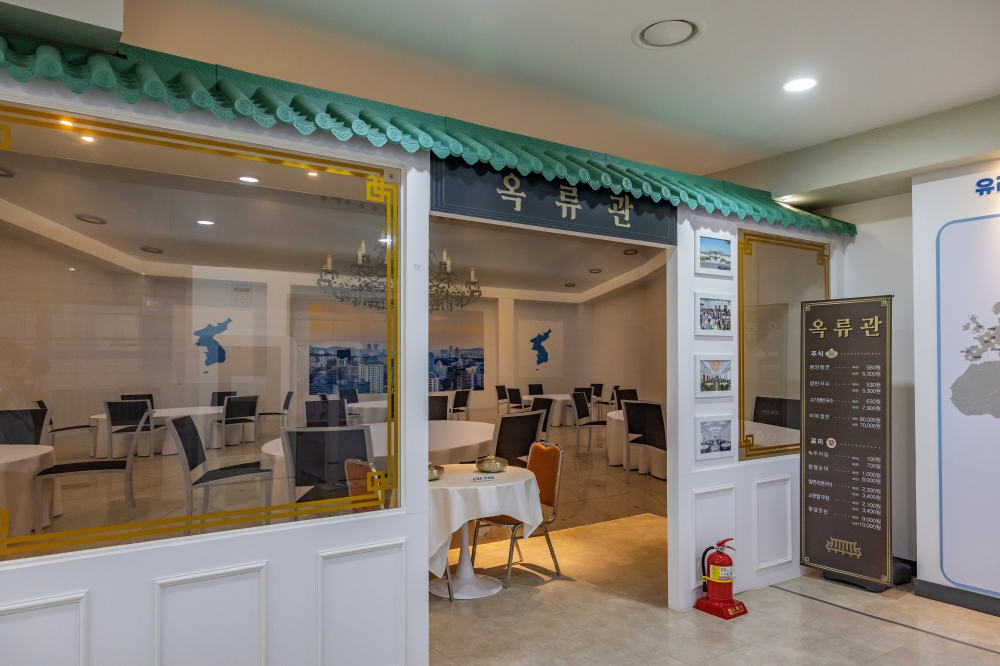
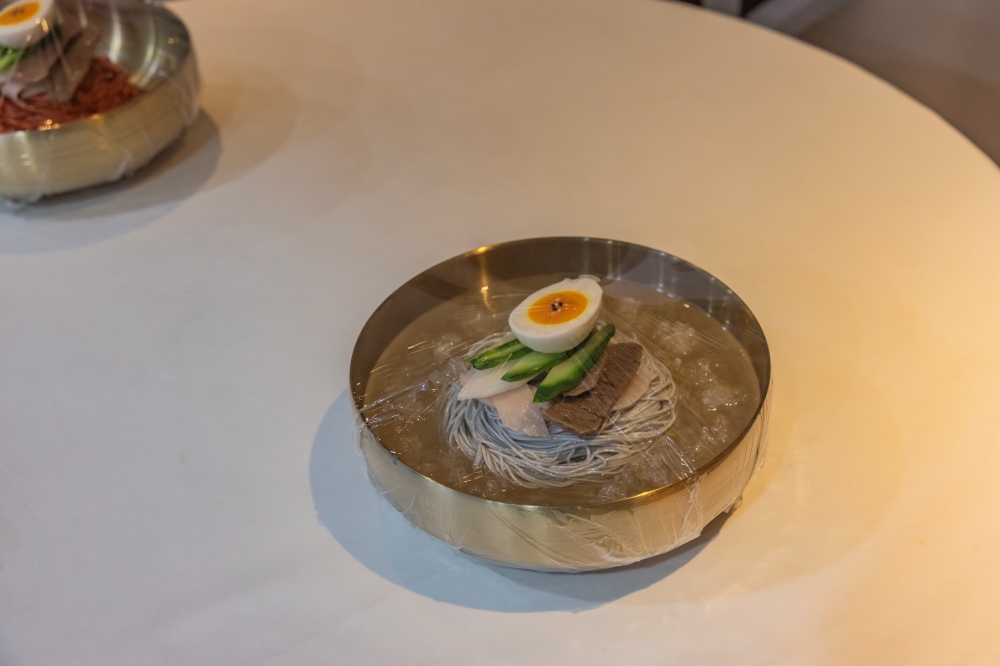

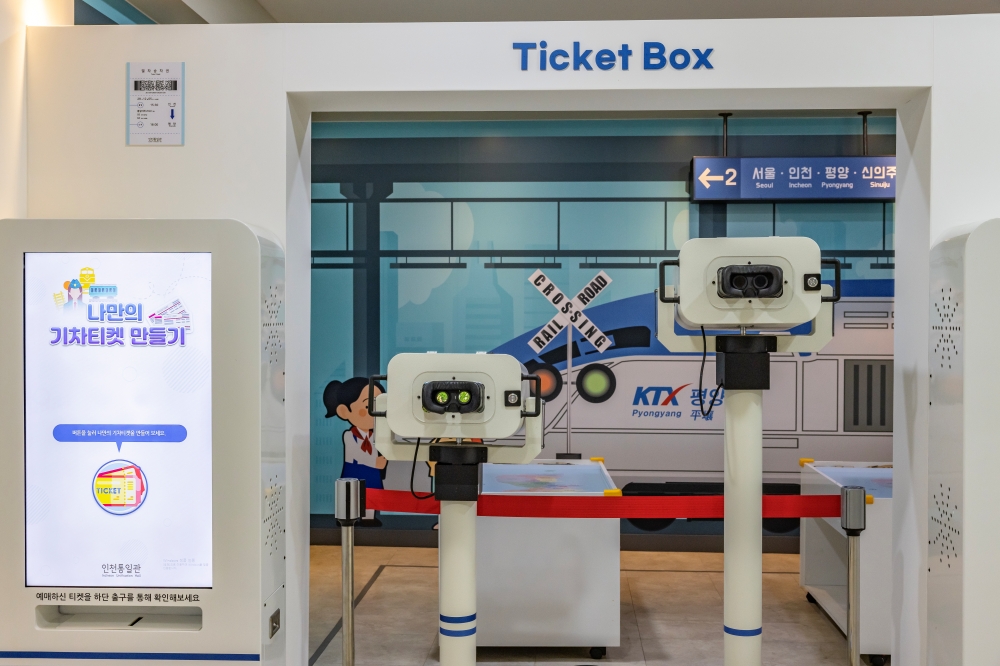

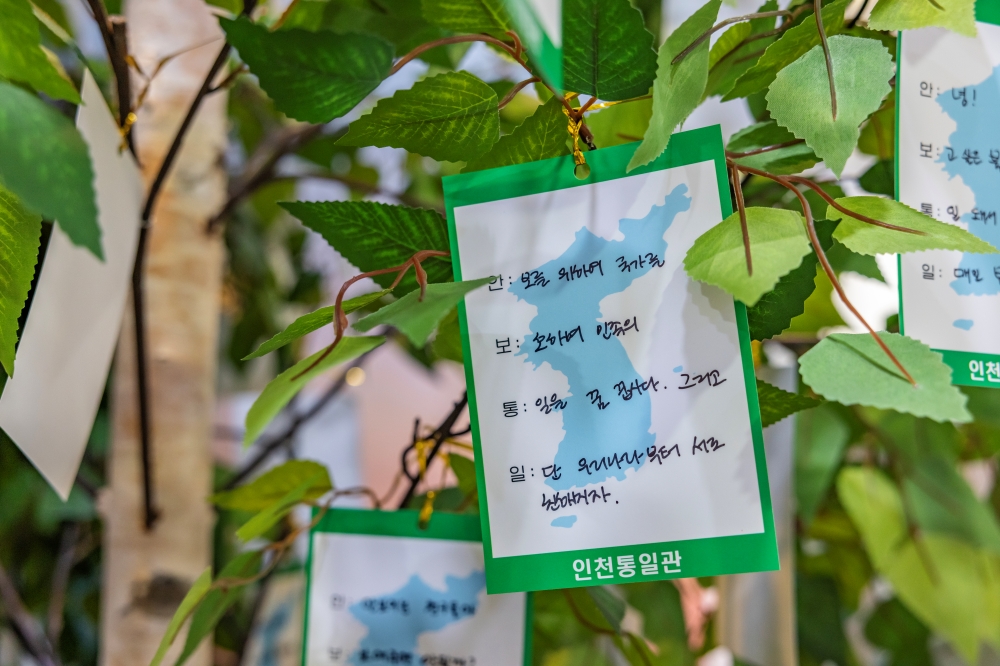



 83
83



